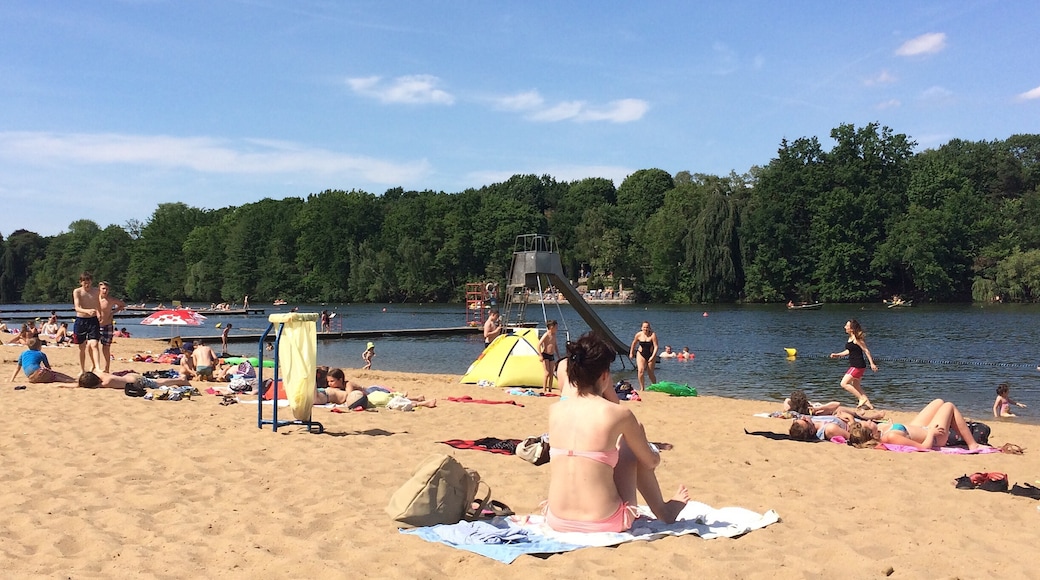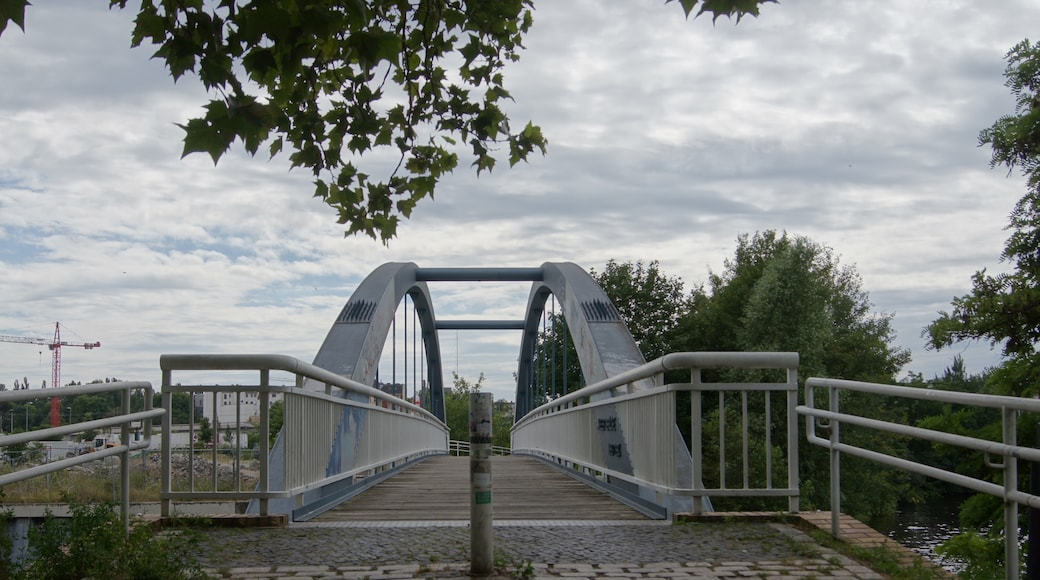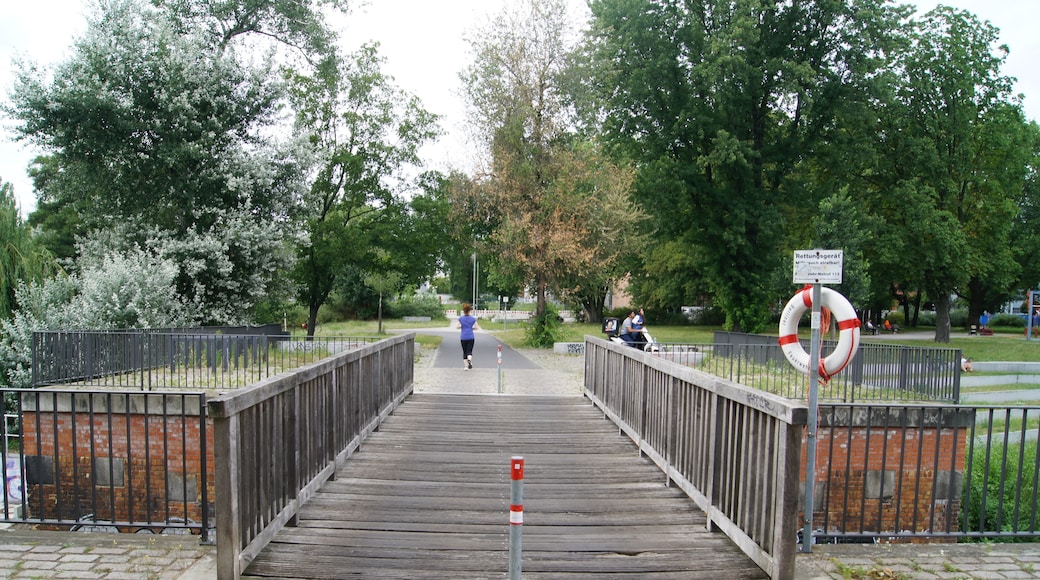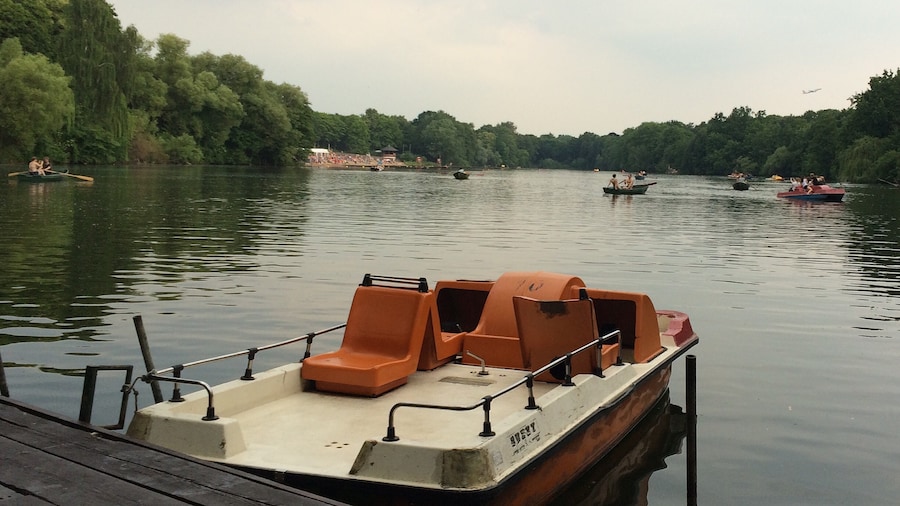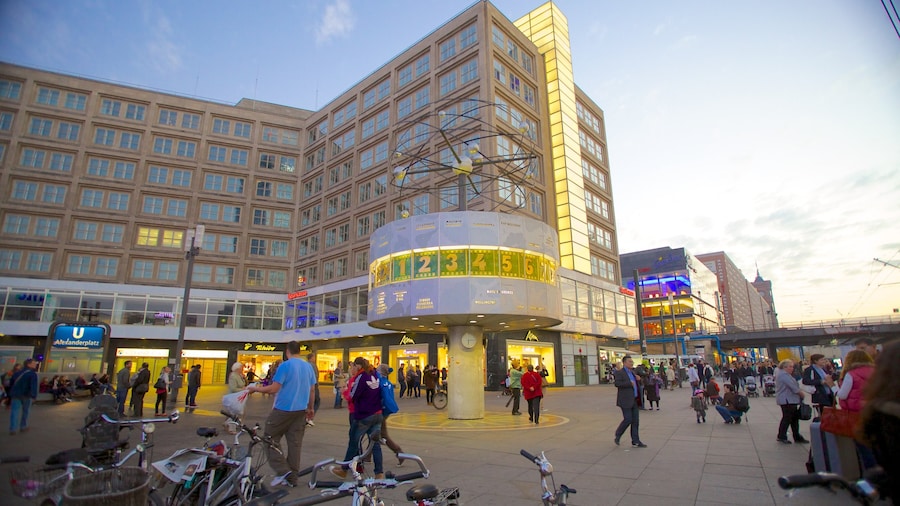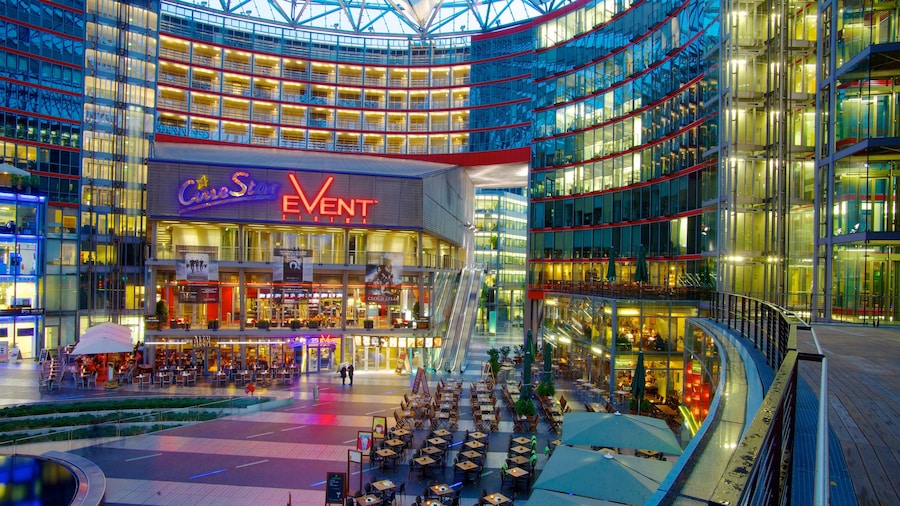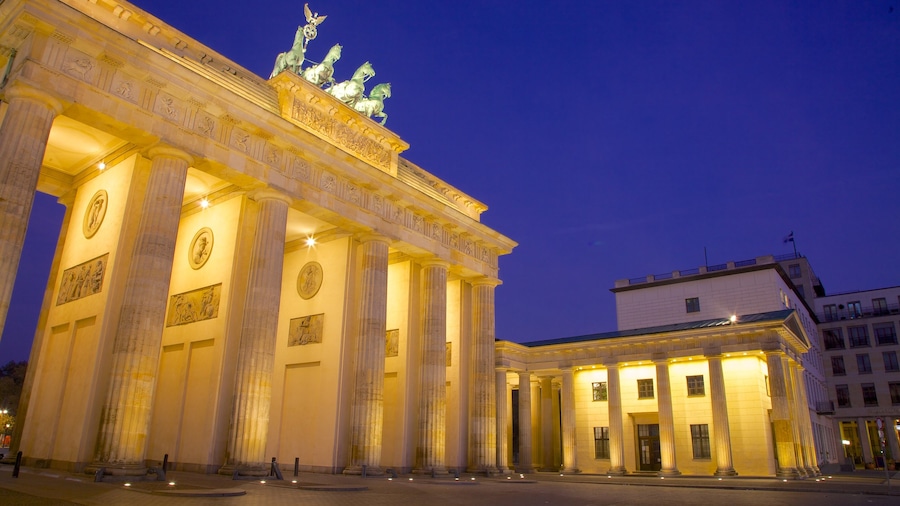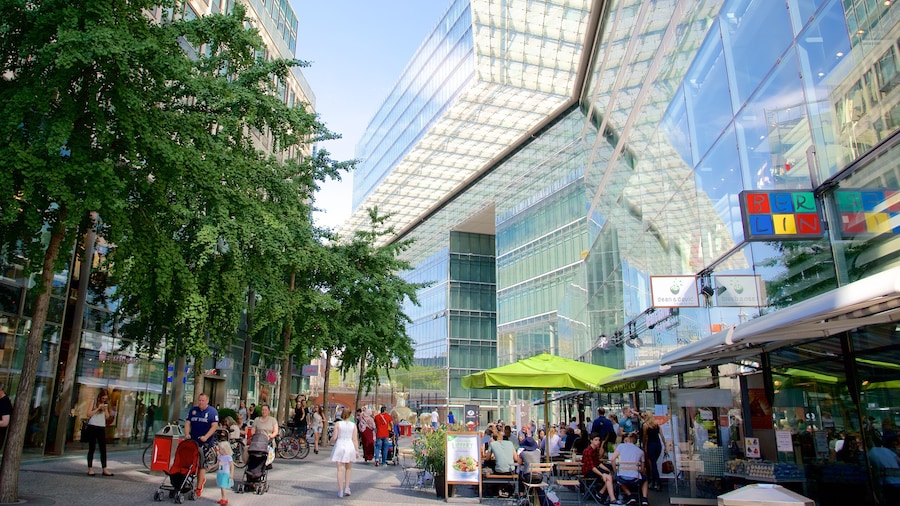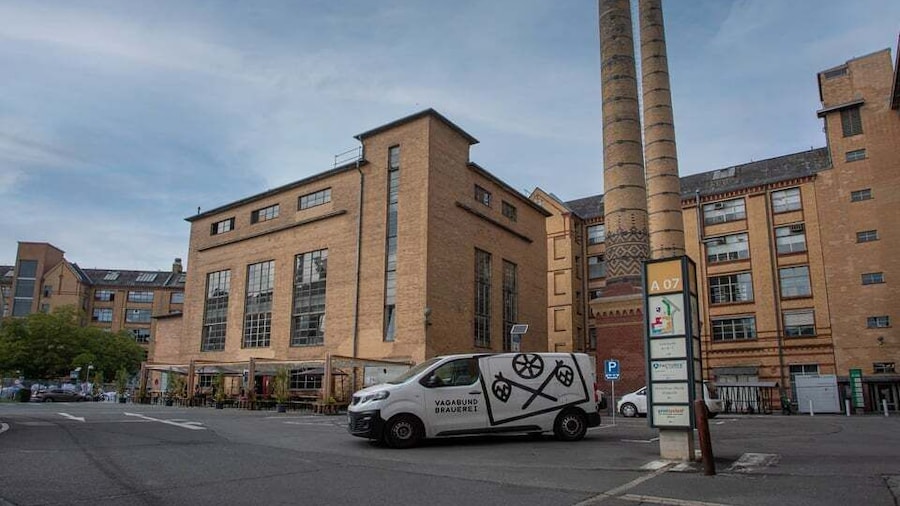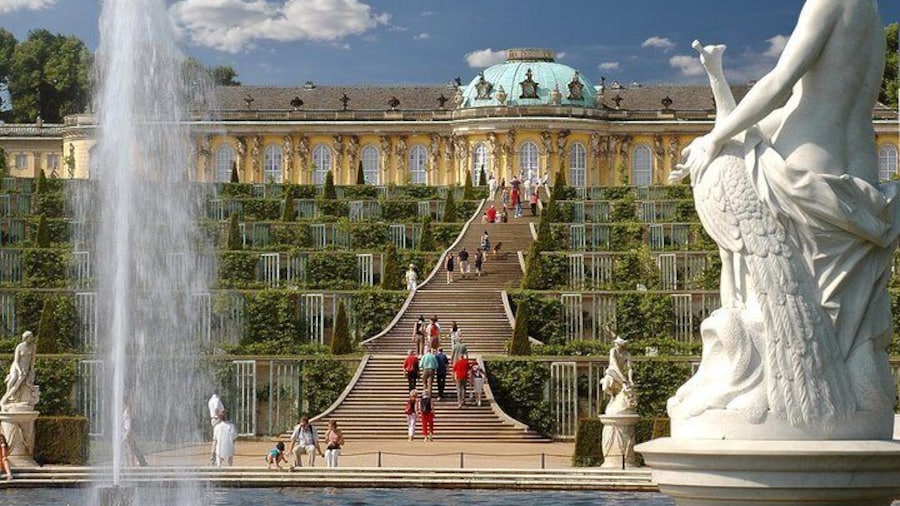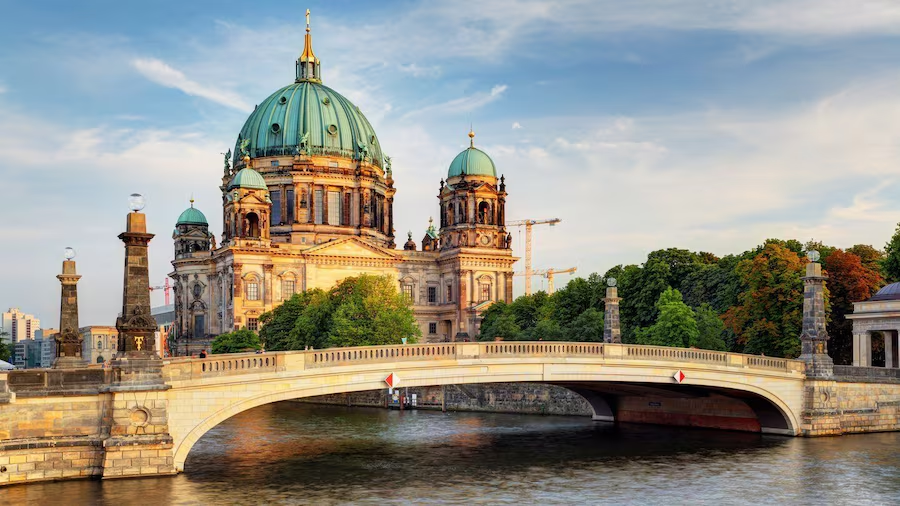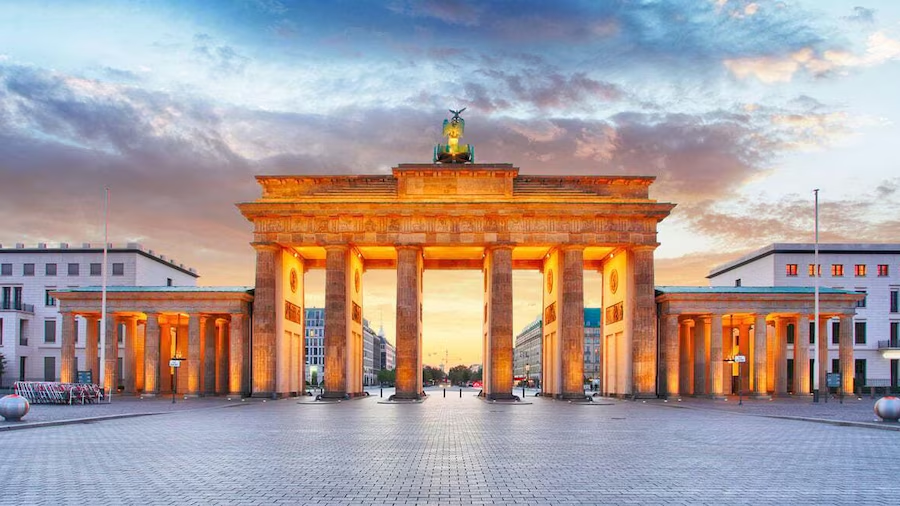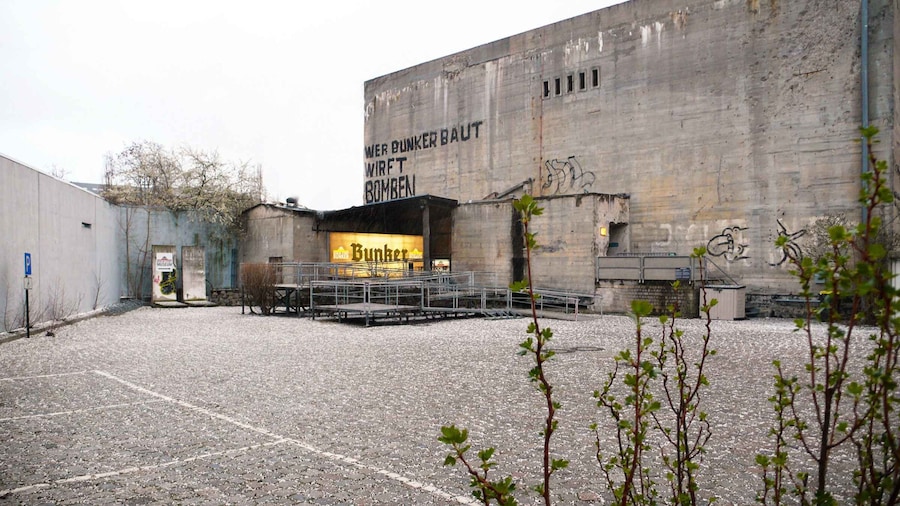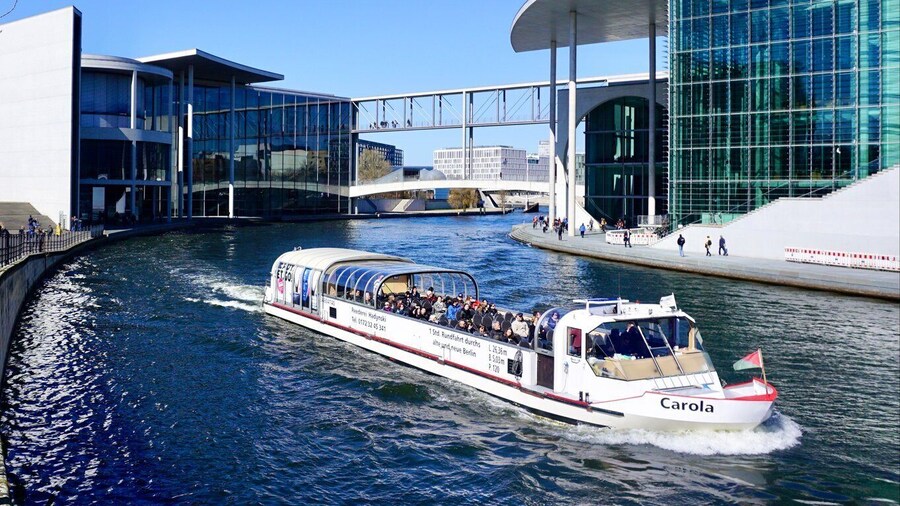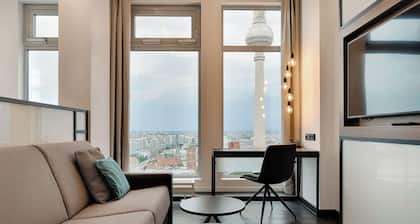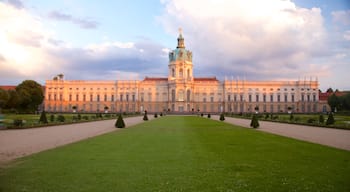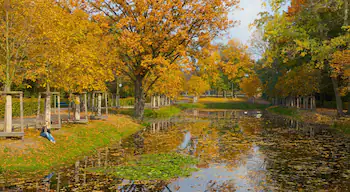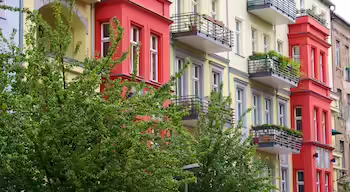Wedding stretches from Reinickendorfer Strasse Street and the Berlin-Spandau Shipping Canal to Kurt-Schumacher-Platz Square in the district of Berlin-Mitte. "Der Wedding," as they say in Berlin, was mentioned as a separate village as early as 1289. In the middle of the 19th century the area developed into a popular pleasure quarter near Berlin. In 1861 Wedding became part of the metropolis. Since the 1970s the blue-collar district has become a multi-cultural melting pot with immigrant workers from all over the world. The skyline is defined mainly by Gründerzeit buildings and imposing tower blocks from the 1970s and 1980s.
One of the most important squares in Wedding and a lovely destination for a city trip to Berlin is Leopoldplatz Square, named in 1891 after the Prince of Dessau and Prussian General, Leopold I. Two years later the square's New Nazareth Church was consecrated. Visitors to Wedding can see the 78-metre spire of this three-naved Neogothic church from miles away. The wonderful interior features a richly decorated wooden pulpit. On Müllerstrasse Street, separated from the New Nazareth Church by a park dotted with trees, is the Old Nazareth Church. This church was designed by the famous Prussian architect, Karl Friedrich Schinkel and was consecrated in 1835. On the open space in front of the church there is a popular weekly market where you can buy produce from organic farmers from the surrounding area.
In 1913 they finished laying out the 30-hectare Schiller Park in Wedding. Take a leisurely walk through this memorial park with its venerable oaks, poplars and elms to the Schiller Oak which comes from the great poet's birth place, Marburg am Neckar.Families and visitors on mini-breaks love the large, sweeping park for its playing fields, lawns, playgrounds and tobogganing hills. If you're on a city trip, the monument to Schiller in the heart of the park will seem familiar: it's a copy of the statue at Gendarmenmarkt Square. The Schiller Park Housing Estate, a residential area next to the park, is a UNESCO World Heritage Site: it was developed in the 1920s and was Berlin's first urban housing project. A characteristic feature is the two-to-four-storey houses with balconies and loggias.
When you're in Wedding on a short trip or a longer city trip you can have a leisurely rest in Nettelbeckplatz Square with its comfortable benches and the Dance on the Volcano. This is a two-metre-high volcanic cone rising out of a wide fountain basin with life-size bronze figures dancing round a singer on the top. At the foot of the volcano another figure is playing seductively sweet melodies on a piano made of black lava rock. Surely no-one could see this meaningful sculptural ensemble and not be moved to philosophical contemplation.

